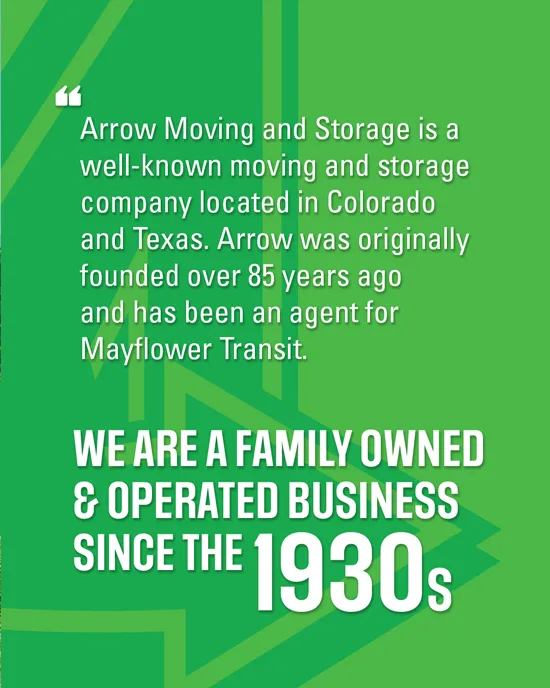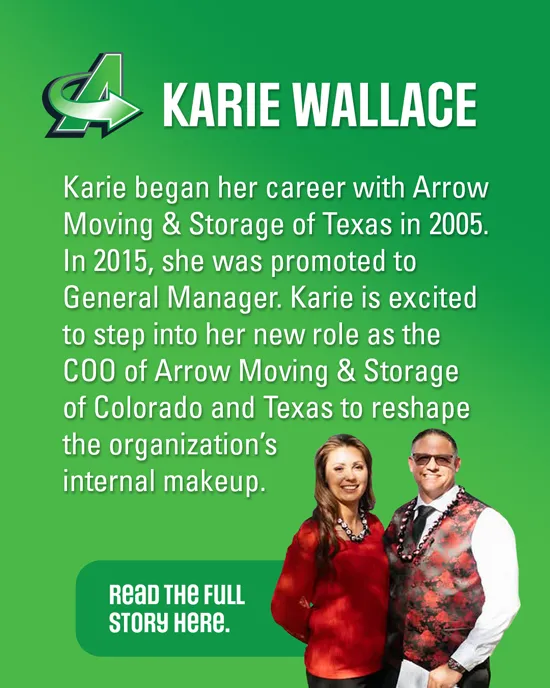When you’re relocating, one thing’s for sure: Whether your move is across town or the country, you’ll need moving supplies.
But with so many options—some much more expensive than others—knowing which supplies you need can feel overwhelming.
Read on to learn which moving supplies are worth the cost and which supplies you can save on.
Packing Supply List
Let’s start with a list of supplies that you’ll need for almost any move:
- Corrugated cardboard boxes (various sizes)
- Packing tape
- Scissors
- Labels
- Marking pen
- Newspaper or packing paper
- Foam sheets or peanuts
- Garbage bags
- Bubble wrap
- Stretch wrap
Now let’s look at moving supplies and equipment that are nice to have but not always necessary:
- Box cutters
- Mattress covers
- Floor protectors
- Packing blankets
- Dolly or handcart
- Bungee cords
- Tool kit
What about specialty packing supplies? If you’re moving fragile, oversized, or oddly shaped items, you may need specialty supplies such as:
- Wooden crates to protect fragile pieces
- Wardrobe cartons for hanging
- Sturdy, thin cartons for mirrors and artwork
- Dishpacking cartons with dividers
- Mattress, TV, and bike boxes
Where to Spend
Now that you know which moving supplies you’ll need let’s explore which ones are worth investing in. One of the most common packing supplies you can find for low—or even no cost—is cardboard moving boxes.
Any quick internet search will result in plenty of advice on how to find boxes. The grocery store, Marketplace, department stores, big box stores, or even liquor stores may all be a source for free moving boxes.
But, just because you can get boxes for free, does that mean you should?
The answer is simple, and it’s all about quality. Look for free sturdy boxes that haven’t been bent, flexed, or punctured and—this is key—are made from corrugated cardboard.
The corrugated cardboard structure makes it especially difficult to bend or tear. Unlike regular cardboard, corrugated cardboard is made from triangle-shaped forms inside the outer layers. As a result, it’s flexible yet rigid. If you can’t find boxes made from corrugated cardboard, buying them is worth it.
As for other packing items that are worth the money, don’t skimp on packing tape. You risk having your boxes compromised during transit if you use low-quality tape. This can significantly increase the risk of damage to your items.
Where to Save
Regarding packing supplies, reducing, reusing, and recycling are worthy goals. And reusing bubble wrap, foam sheets, and packing peanuts is a great way to reduce waste and save a few bucks.
If these materials are clean and have some spring, reuse foam sheets, peanuts, and bubble wrap. It’s OK to substitute newspaper for packing paper, too.
Other ways to save on packing supplies include packing clothing and linens in large, sturdy garbage bags. You can also save money by using towels and blankets to fill empty spaces in boxes and provide more cushioning.
Correctly packing your items means using the right packing supplies. Knowing which supplies to choose, which to purchase new, and which to reuse can reduce stress and make a smoother move.
We Make Moving Easier
Check with your full-service mover for boxes and moving supplies. As a full-service moving company, we can simplify your relocation. So, contact us for a free quote.





